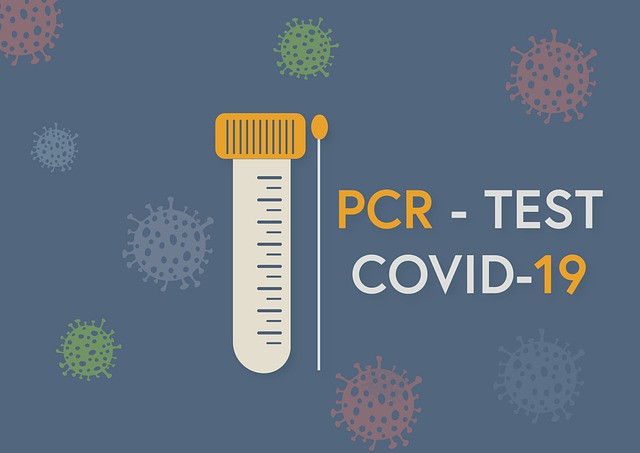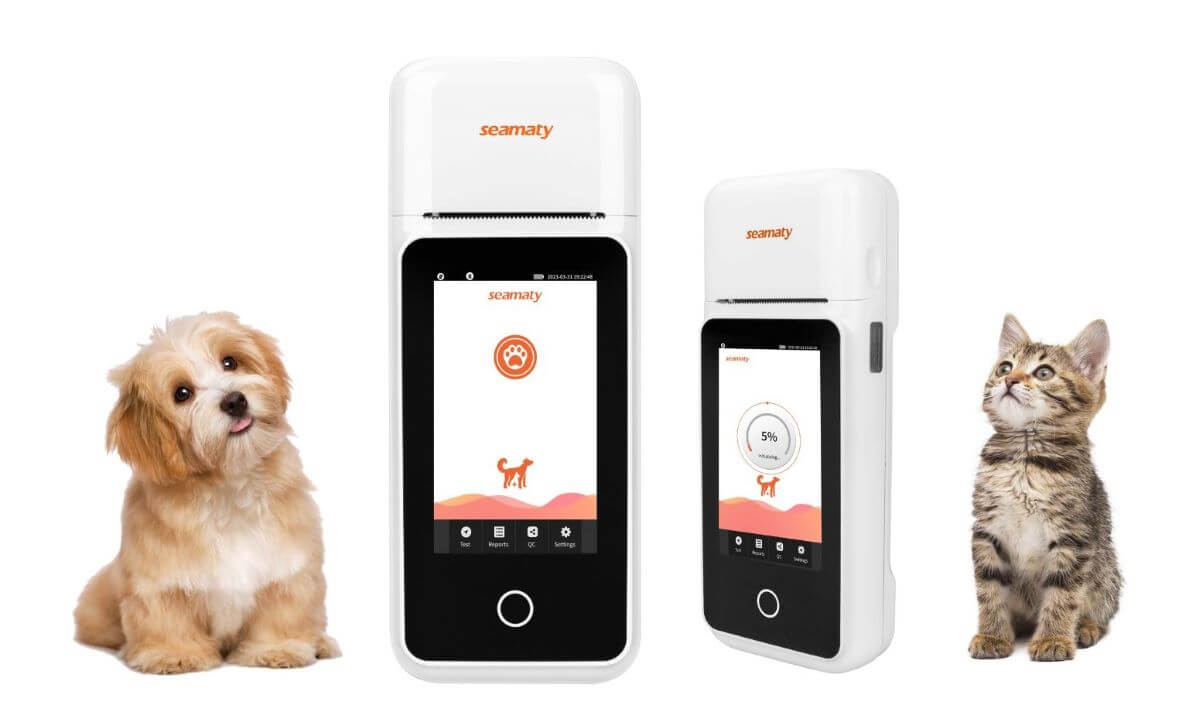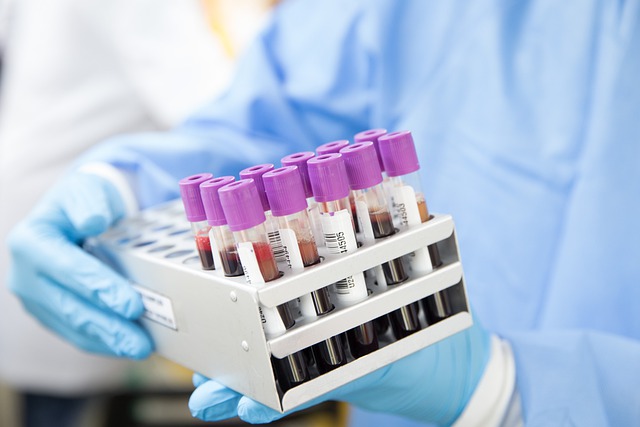The concept of "digital PCR" was first introduced by Sykes and other scientists in 1992. He mentioned that the combination of finite dilution, endpoint PCR and Poisson statistics allows quantitative measurement of nucleic acid concentration.
What is digital PCR test?
Digital polymerase chain reaction, referred to as digital PCR, dPCR or dePCR, is a biotechnological improvement to conventional polymerase chain reaction methods for the direct quantitative amplification of nucleic acid chains of DNA, cDNA or RNA.

Tracing the history, we find that the polymerase chain reaction has been updated for three generations.
-
The first generation of PCR relied on gel electrophoresis to analyze PCR products. However, it has always suffered from low detection limits, laborious handling and is only suitable for qualitative studies.
-
The second generation PCR, also known as real-time quantitative PCR (RT-qPCR), allows for quantification of products by standard curves. However, it is less tolerant to interfering substances.
-
Digital PCR (dPCR) is a third generation PCR that allows absolute quantification by assigning reactions. This technique has a high sensitivity and accuracy in molecular detection. It has been called a revolutionary technique for accurate quantification of nucleic acids.
The excellent sample allocation step of digital PCR combined with Poisson statistical data analysis provides higher precision than conventional PCR and qPCR methods. As a result, digital PCR is particularly suitable for applications that detect small amounts of input nucleic acids or require a high resolution of the target amount in the sample.
Today, the global dPCR and qPCR market is highly competitive. The market size is expected to grow from USD 4,113.3 million in 2019 to USD 6,270.9 million by 2024, at a CAGR of 8.8%. Digital PCR and real-time PCR are constantly being compared due to their wide range of applications.
Principles, applications, advantages and disadvantages of digital PCR
1) Principle: The PCR reaction system is divided into small volume compartments. After amplification, the number of positive and negative reactions is counted and the copy number of the sample is obtained directly.
2) Applications: liquid biopsy; copy number variation analysis; detection of low number of pathogens; detection of rare genetic mutations; non-invasive prenatal diagnosis; food and transgenic testing; environmental testing; second generation sequencing library analysis.
3) Advantages: absolute quantification, no standard curve required, high sensitivity, higher tolerance to PCR inhibitors.
4) Disadvantages: narrow dynamic range and high cost.
Principle, application and advantages and disadvantages of real-time fluorescence quantitative PCR
1) Principle: The amount of amplified product is proportional to the intensity of the fluorescence signal and the sample is quantified using a reaction cycle threshold and a standard curve.
2) Applications: detection and quantification of pathogens; relative detection of gene expression; single nucleotide polymorphism analysis; detection of tumor markers, etc.
3) Advantages: wide dynamic range, wide range of applications, low cost.
4) Disadvantages: amplification efficiency is easily affected by PCR inhibitors.
Digital PCR instruments can be divided into chip digital PCR (cdPCR) and droplet digital PCR (ddPCR) according to the separation method of the reaction mixture.
cdPCR utilizes
microfluidic technology to divide the reaction into nanoscale reaction chambers. After a series of reactions, fluorescence is detected using an imaging system and an inverted endoscope. The copy number of the target sequence is then calculated using imaging software.
ddPCR uses water-in-oil and microfluidics to create microreaction units. Nucleic acids are randomly divided into water-in-oil droplets and PCR is performed separately. the signal in each droplet is then read using a two-color optical detection system.
Although digital PCR is a relatively new technology, there are companies on the market that have developed commercial platforms to provide better analytical results.
Digital PCR assays have evolved from pure academic research to large-scale market applications as an effective diagnostic aid.



